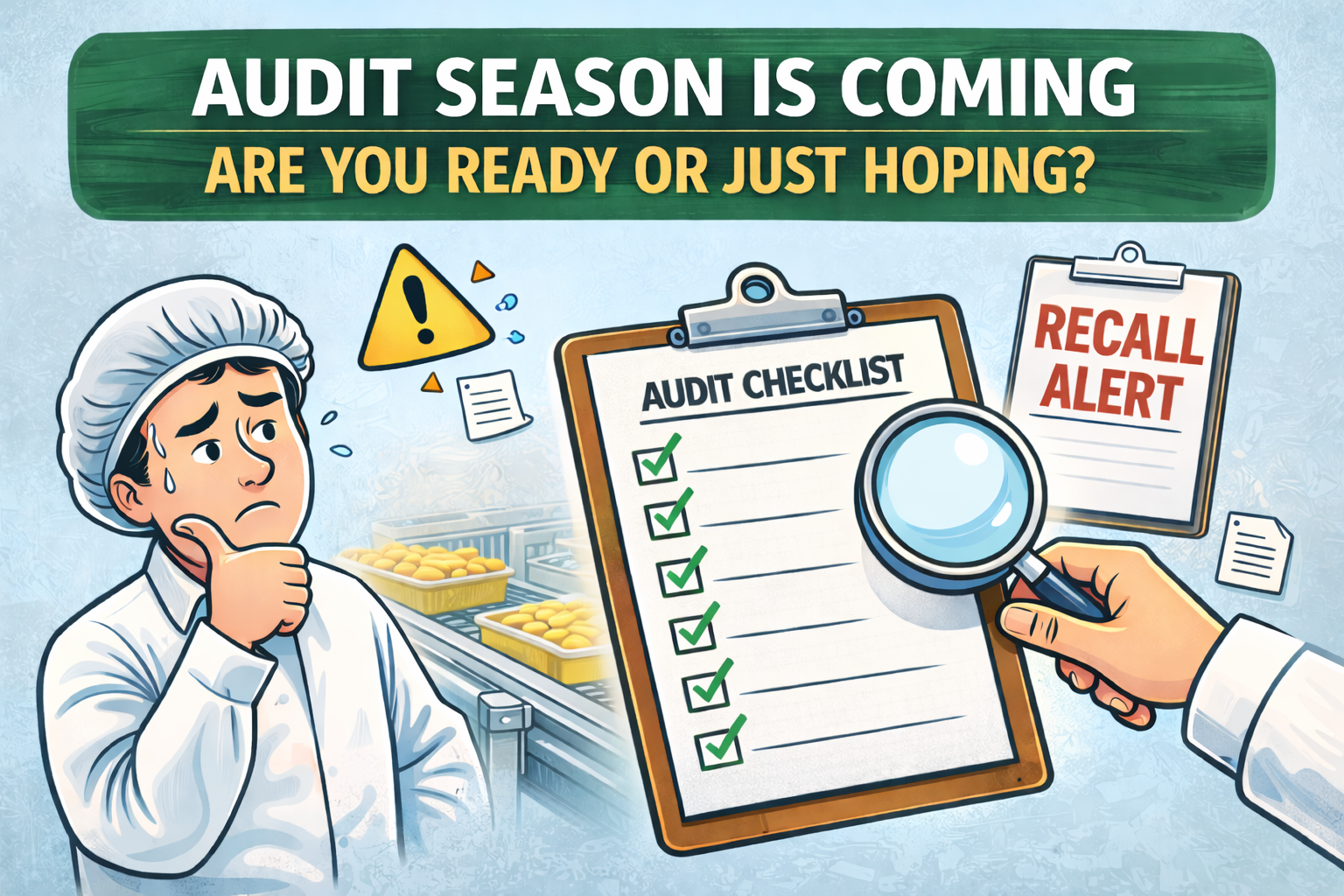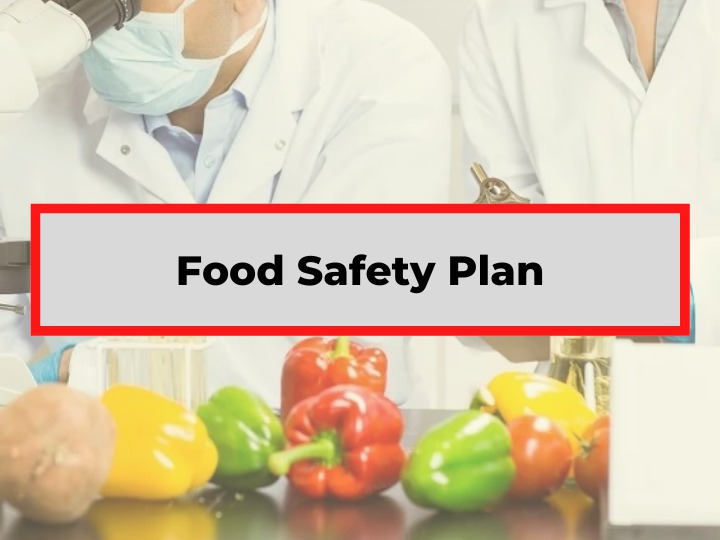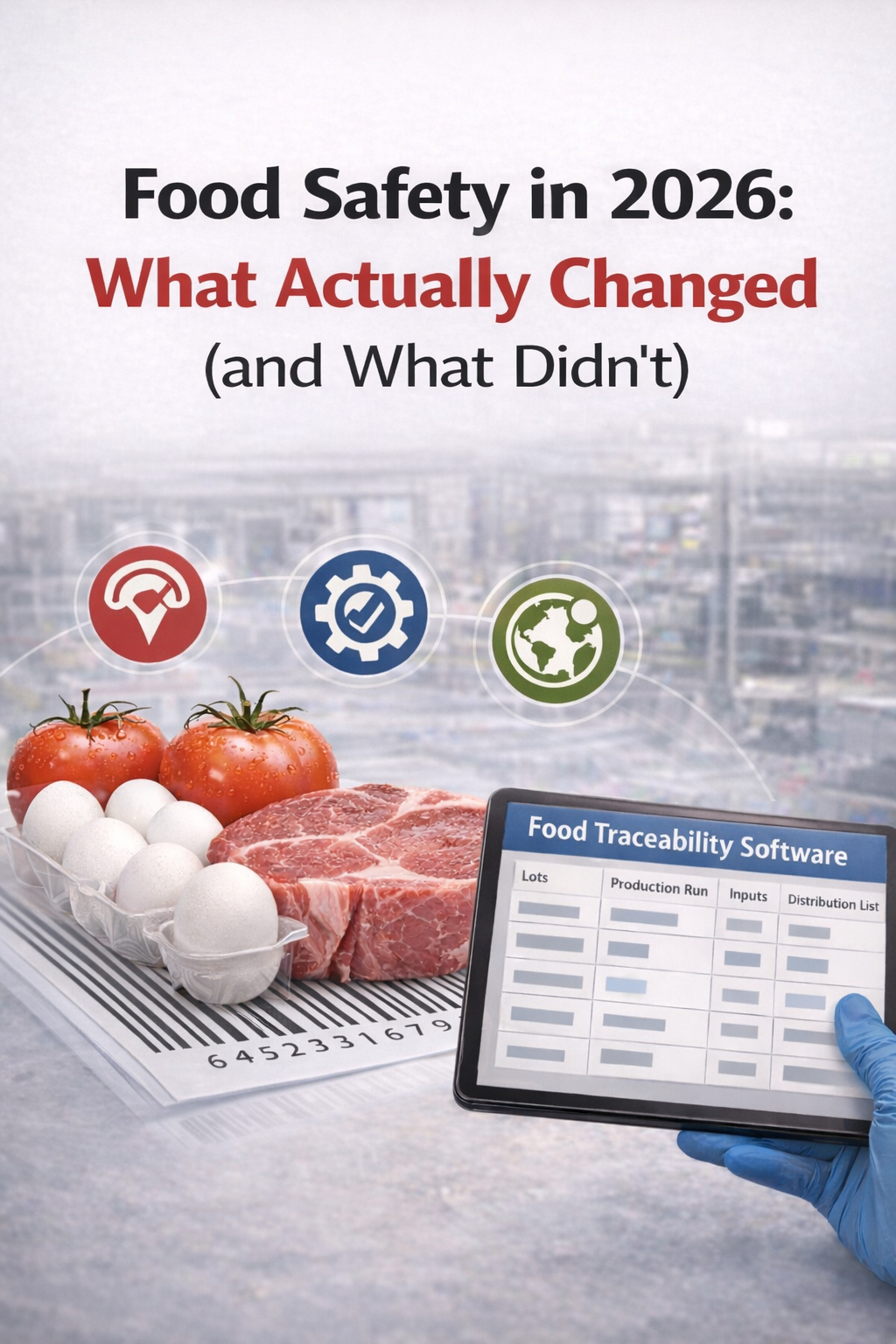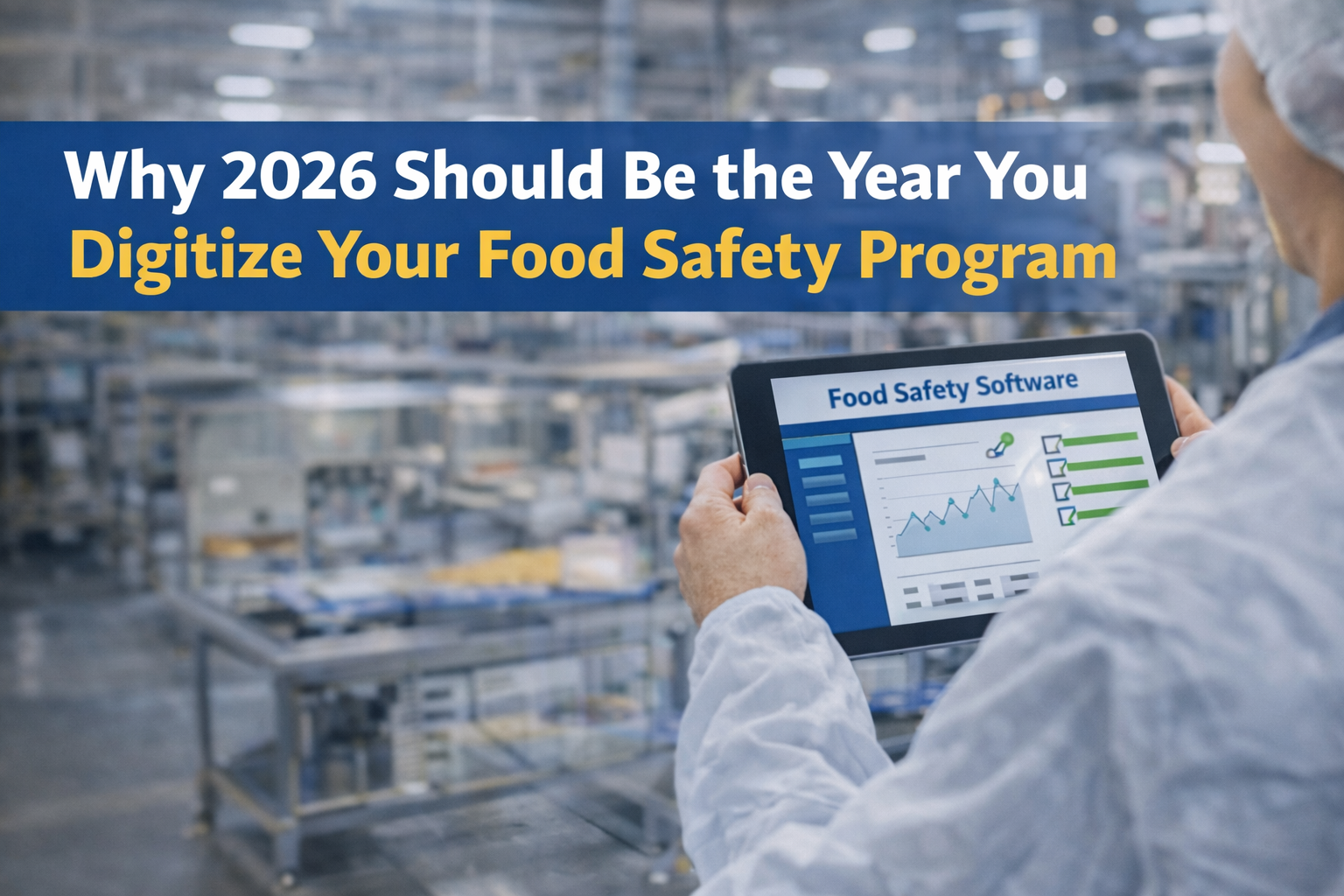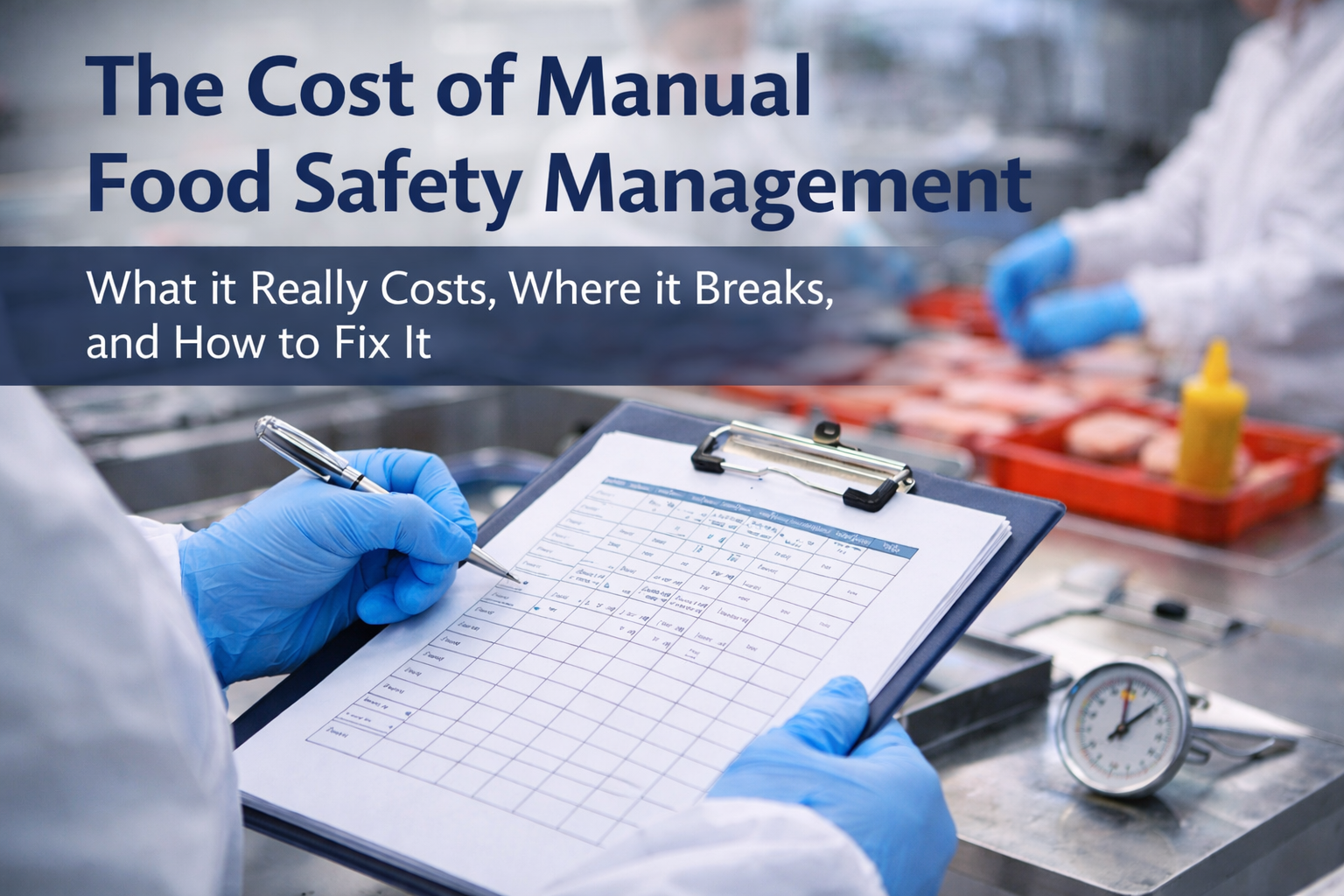As a meat manufacturer, ensuring the safety of your product should be one of your top priorities. Cross-contamination is a serious concern in meat manufacturing, with pathogens like Salmonella and E. coli being potentially deadly when ingested by consumers. Cross-contamination happens when harmful microorganisms from one surface or substance transfer to another. These can come in contact with the food during production, processing, or packaging, leading to contamination and risking public health. In this blog post, we will explore some effective ways to manage cross-contamination risks in meat manufacturing.
1. Invest in proper equipment and facilities - Meat manufacturers should ensure that their equipment and facilities are designed with food safety in mind. In particular, equipment must be easily disassembled for cleaning and sanitizing. Wet cleaning methods should also be preferred over dry cleaning to remove bacteria effectively. Equipment must also be placed in a way that minimizes cross-contamination risks between different areas of the facility.
2. Implement a hygiene policy - A hygiene policy that includes guidelines on hand hygiene, clothing, and footwear can help reduce the risk of cross-contamination. Employees must be trained on proper hygiene practices, and hygiene checks should be conducted frequently.
3. Separate raw and cooked meat - Raw meat should always be kept away from cooked meat and other ready-to-eat foods. This means using separate equipment, storage areas and surfaces, and transportation methods. Additionally, meat should be cooked at the appropriate temperature and for the necessary duration to kill off any harmful pathogens.
4. Use air filtration systems - Meat manufacturing facilities should utilize air filtration systems to lower the airborne bacteria count in their plants. According to research, bacteria can travel up to 6 feet in just one sneeze or cough. Hence, an effective air filtration system can limit the spread of harmful pathogens.
5. Monitor and test regularly - Finally, it is essential to monitor and test the facility and products regularly. Microbiological testing can help detect any pathogens that may have emerged in the product or facility. Regular cleaning and disinfecting and swabbing surfaces can help detect any concerning bacteria and prevent contamination before it happens.
Meat manufacturers should prioritize food safety by managing cross-contamination risks. By investing in proper equipment and facilities, implementing a hygiene policy, separating raw and cooked meat, using air filtration systems, and regularly monitoring the facility and products, they can keep their products and customers safe. Ensuring food safety goes beyond compliance with health regulations; it is about mitigating risks that could have potentially fatal consequences for the customer and the reputation of the business. Therefore, it is crucial to maintain a consistent culture of food safety and engage all employees in upholding hygiene standards.



